Chinese architecture spans modern skyscrapers, historic fortifications, and technical structures. From the glass bridge in Longtan Valley to the Canton Tower, these buildings combine tradition and modern technology. Temples, fortresses, and museums tell the country's history, while newer structures like the Tianjin Binhai Library and the Beijing National Stadium represent contemporary development. The collection includes examples from different regions across China. In Beijing stand the Phoenix Center, the National Stadium, and the Pangu Plaza. Shanghai houses the Oriental Pearl Tower and Nanjing Road. In Jiangsu Province, the Danyang-Kunshan Bridge extends for 102 miles (164 kilometers). The Canton Tower in Guangzhou reaches a height of 1,970 feet (600 meters). Historic sites complement the modern structures. The Xi'an City Wall in Shaanxi dates from the Ming Dynasty. The Ancient Town of Pingyao in Shanxi preserves traditional architecture from several centuries. The Leshan Giant Buddha in Sichuan was carved into a cliff face during the 8th century. The Wenchuan Earthquake Museum documents the 2008 natural disaster.
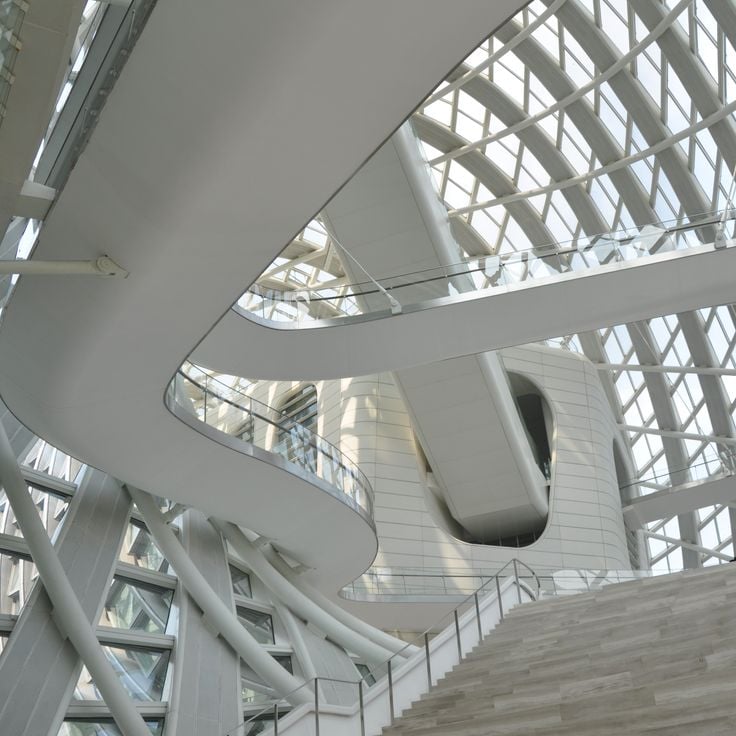
Beijing, China
The Phoenix Center is a 34-story commercial building in Beijing's business district. The building combines commercial functions with its retail stores, dining establishments, and office spaces. As part of Beijing's modern architectural development, this complex demonstrates the city's focus on contemporary urban structures that integrate various economic activities within a single construction, reflecting the transformation of the Chinese capital into an international business hub.
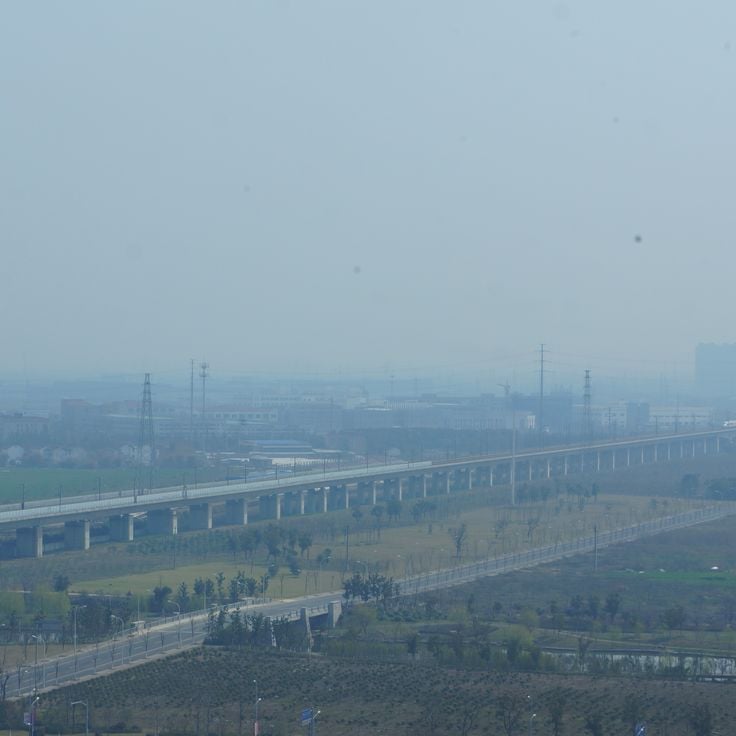
Jiangsu, China
This railway bridge extends 102 miles (165 kilometers) and crosses the Yangtze River and Yangcheng Lake. The bridge forms part of the high-speed rail line connecting Beijing and Shanghai and ranks among the longest bridges in the world. The structure links several cities in Jiangsu Province and significantly reduces travel time between the two major cities. The bridge was engineered to withstand high speeds and accommodate varying terrain conditions.
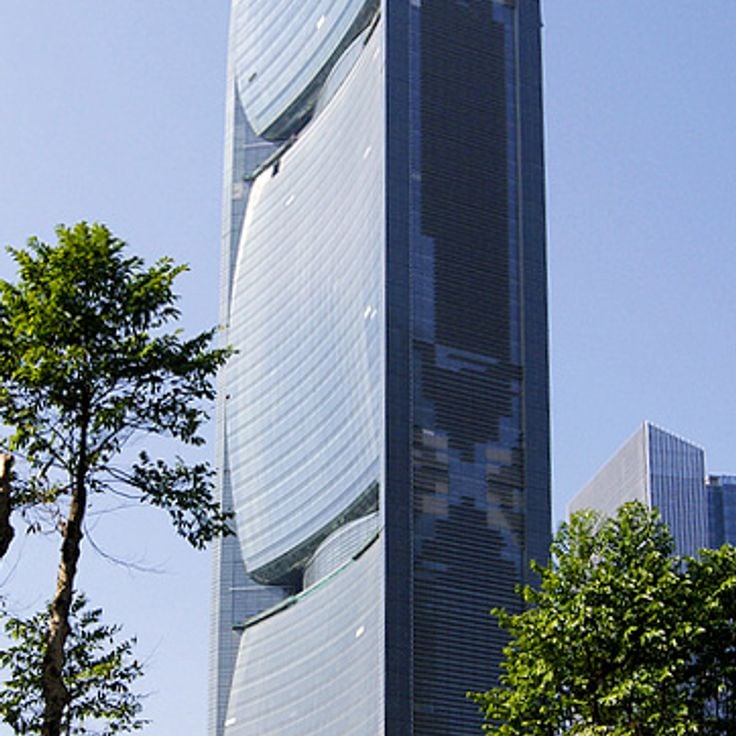
Shanghai, China
The Oriental Pearl Tower is a 468-foot (142-meter) television tower in the Pudong business district. The tower features several observation platforms at different heights that provide views of Shanghai. Multiple restaurants operate within the tower structure, including a revolving restaurant. The reinforced concrete construction was completed in 1994 and serves as a broadcasting tower for radio and television. The architecture consists of three columns and eleven spheres of varying sizes. The building also houses a municipal history museum in its base.

Guangzhou, China
The Canton Tower stands 600 feet (180 meters) tall as a television tower with a twisted glass facade and LED lighting that displays different colors at night. The structure combines functional broadcasting technology with contemporary architectural design and forms part of Guangzhou's modern skyline. The tower includes observation decks offering views over the city and the Pearl River, along with dining facilities and entertainment areas. The spiral lattice framework of the exterior serves both aesthetic and structural purposes, contributing to wind resistance.

Hunan, China
This glass suspension bridge spans 1,600 feet (488 meters) between mountains at a height of 920 feet (280 meters) above the floor of Longtan Valley. The transparent glass deck allows visitors to see directly down into the depths of the valley below. The walkway connects two mountain cliffs and forms part of the tourist infrastructure in Hunan Province. This construction demonstrates modern engineering techniques in a mountainous landscape.

Beijing, China
The National Stadium of Beijing was built for the 2008 Summer Olympics and accommodates 91,000 spectators (approximately 91,000 spectators). The steel structure features interwoven beams that give the building its distinctive appearance. Following the Olympics, the stadium continues to host sporting and cultural events.
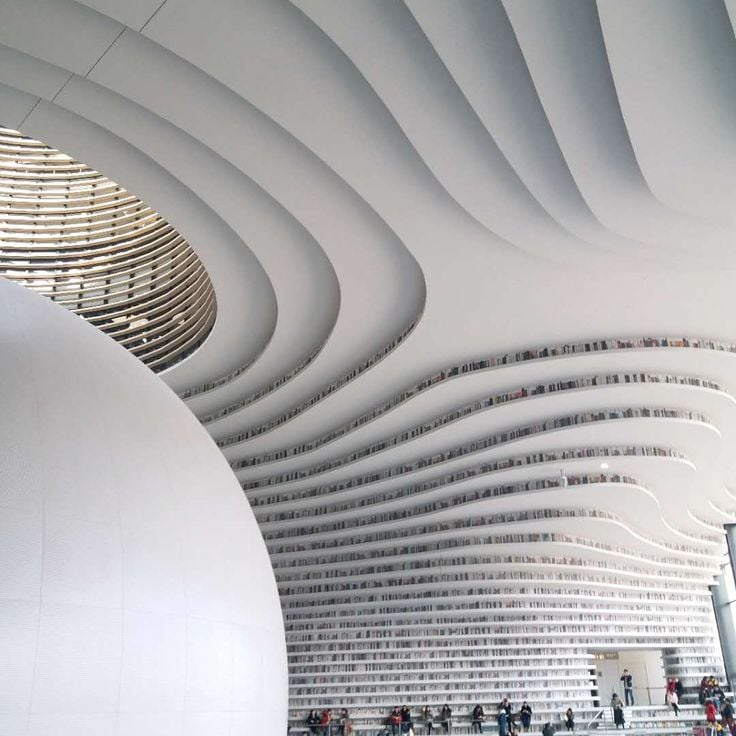
Tianjin, China
The Binhai Library in Tianjin spans five floors and holds 1.2 million books. Its white, curved shelving wraps around a central domed space. This structure combines modern architecture with functional design for a public reading facility. The wave-like bookshelves create a continuous visual connection between levels. The library forms part of a larger cultural center in the Binhai district and showcases contemporary Chinese architecture. The central area serves as a gathering space and orientation point for visitors.
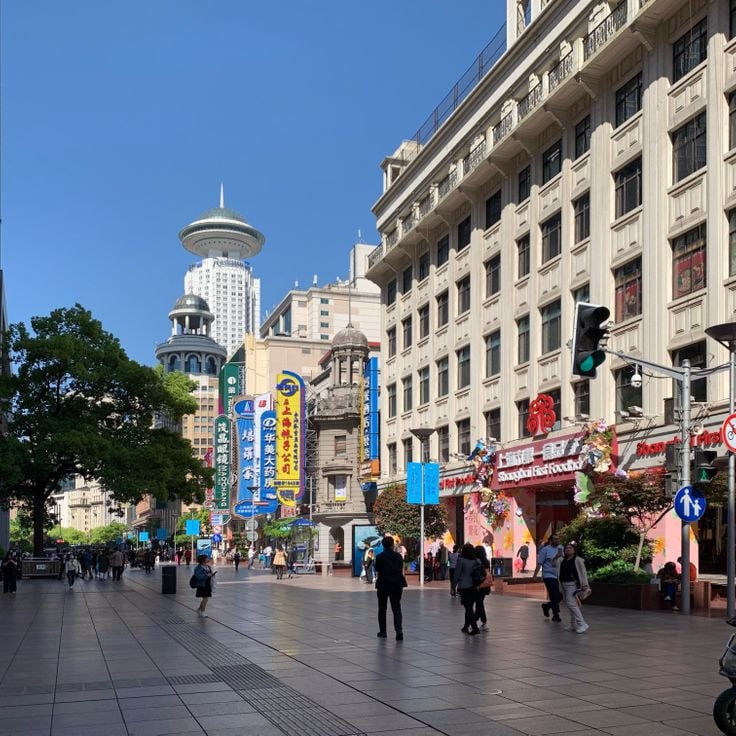
Shanghai, China
This pedestrian street extends for 3.4 miles (5.5 kilometers) from The Bund to People's Square and hosts more than 600 shops, department stores, and restaurants. Nanjing Road is one of China's oldest and busiest shopping streets. It was established in the 1850s and connects colonial-era buildings with modern retail complexes. The eastern section is fully pedestrianized and provides access to traditional Chinese stores as well as international brands.
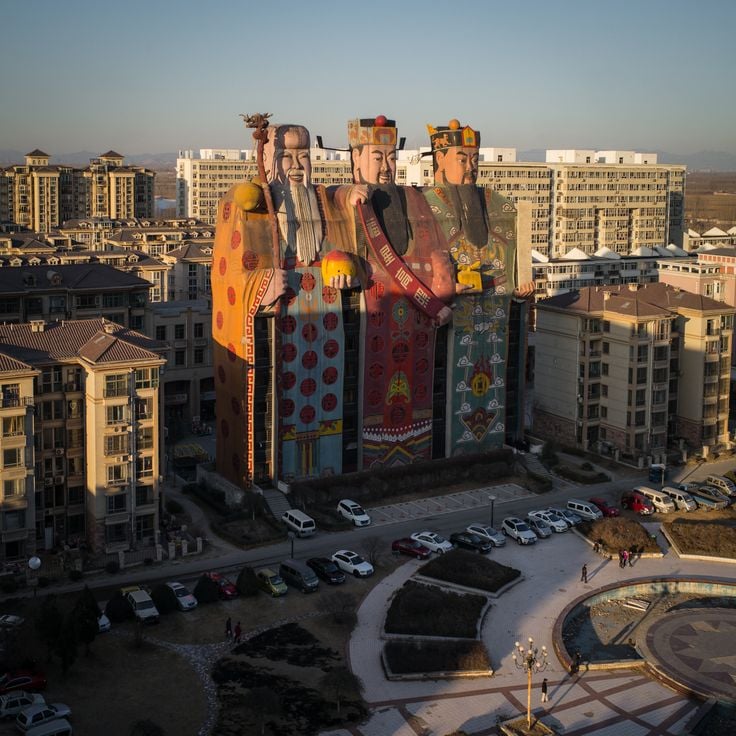
Hebei, China
The building depicts three Chinese deities that symbolize wealth, longevity, and professional success. The Tianzi Hotel was completed in 2001 and reaches a height of 135 feet (41 meters). The structure shows Fu, Lu, and Shou dressed in traditional robes. The building was originally designed as a hotel and contains ten floors integrated within the sculptural figures. The architecture combines modern construction techniques with elements from Chinese mythology and religious symbolism.
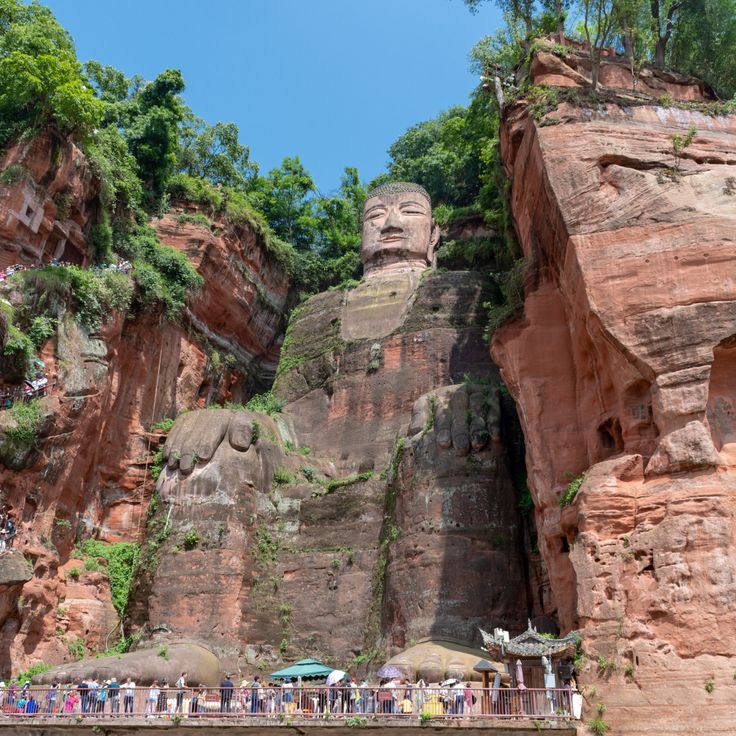
Sichuan, China
This stone statue was carved into the cliff face and depicts a Buddha gazing toward the confluence of three rivers. The Giant Buddha of Leshan rises 233 feet (71 meters) and was created between 713 and 803 during the Tang Dynasty. Monks and artisans worked over nine decades on this project to calm the waters and protect river traffic. From the statue, visitors can see Buddhist temples, pagodas, and the forested hills at the meeting point of the Min, Qingyi, and Dadu rivers. Stairs and pathways allow visitors to view the statue from different perspectives, from the head down to the feet.
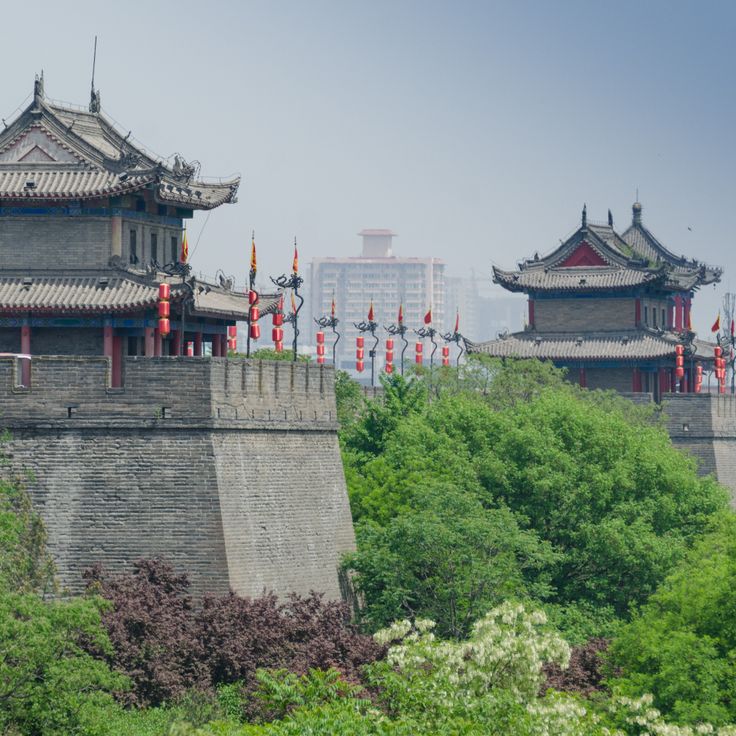
Shaanxi, China
This city wall dates from ancient times and remains standing. The fortifications were built during the Ming Dynasty on the foundations of earlier defensive walls and extend approximately 8.7 miles (14 kilometers) around the historic old city. The Xi'an fortifications demonstrate the structure of a traditional Chinese defense system with watchtowers, gates, battlements, and a moat. The wall stands between 39 and 46 feet (12 to 14 meters) high and measures approximately 59 feet (18 meters) wide at its base.
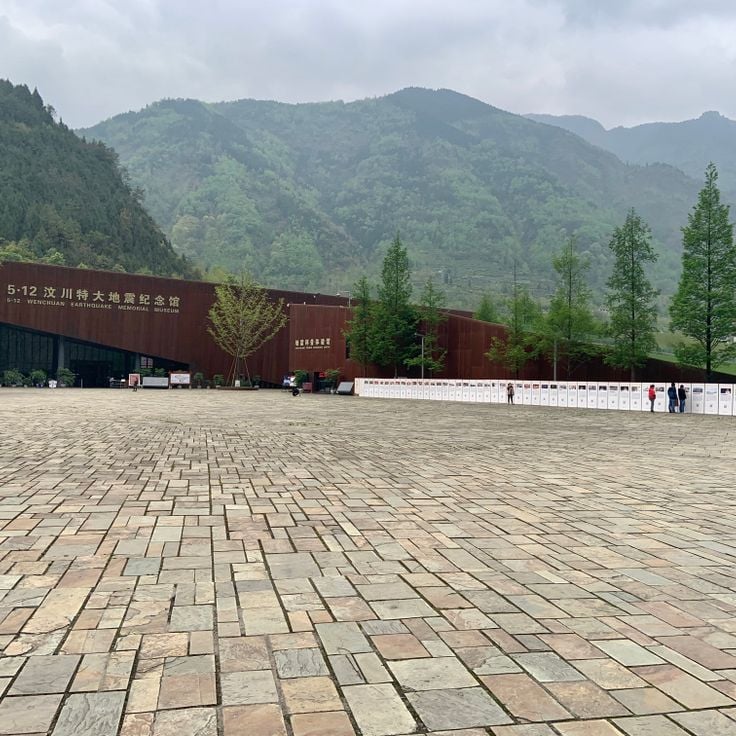
Sichuan, China
This memorial museum in Sichuan was built to commemorate the 2008 Wenchuan earthquake that caused over 69,000 deaths. The museum's architecture incorporates fractured lines and folded planes that symbolize tectonic shifts and destruction. The building combines documentary function with architectural symbolism, demonstrating through its structural design the impact of the natural disaster. The exterior facade uses concrete and glass to represent the contrast between stability and fragility.
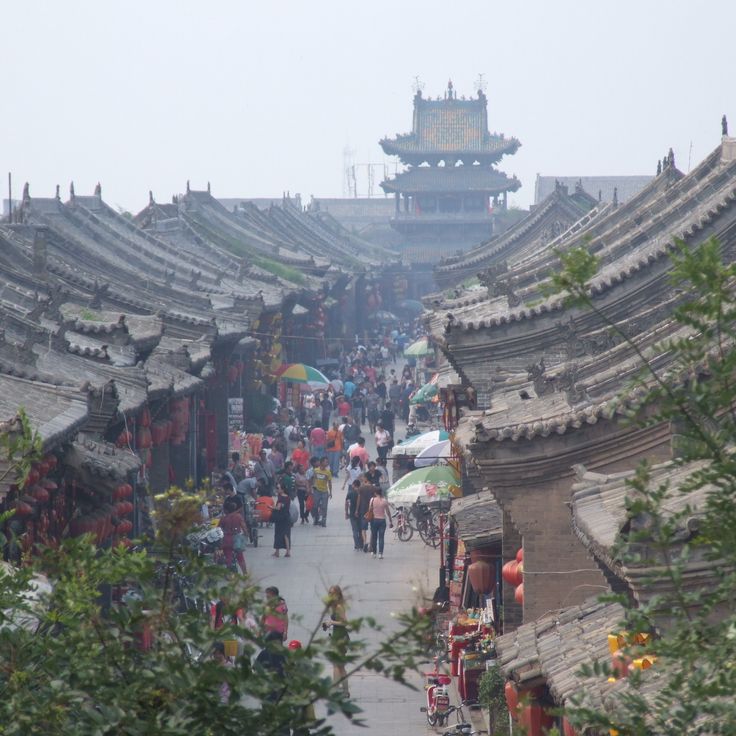
Shanxi, China
The 14th-century city walls enclose more than 300 courtyard houses and 72 temples from the Ming and Qing dynasties. This ancient town of Pingyao presents traditional Han architecture with its preserved street layouts and historic buildings. The fortifications extend approximately 4 miles (6 kilometers) and include six gates along with 72 watchtowers. The town functioned as an important financial center during the Qing period.
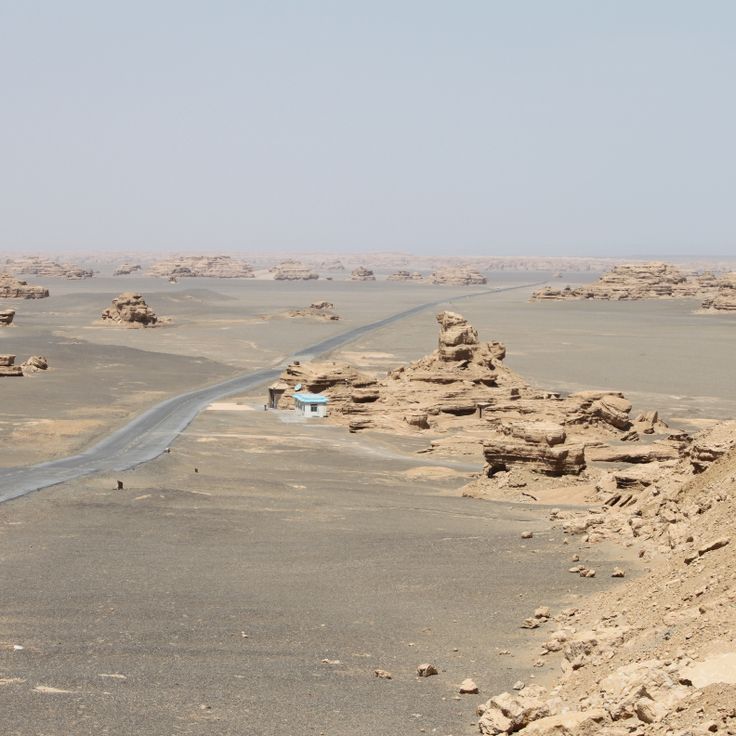
Gansu, China
This geological park in northwestern China covers approximately 398 square miles (398 square kilometers) of desert terrain with rock formations created by wind erosion over millions of years. The structures display various shapes and heights resulting from the continuous action of wind and sand on sedimentary rock. Located in the Gobi Desert, the park documents geological processes in an arid environment. The rock formations serve as an example of aeolian erosion and its effects on landscape formation.
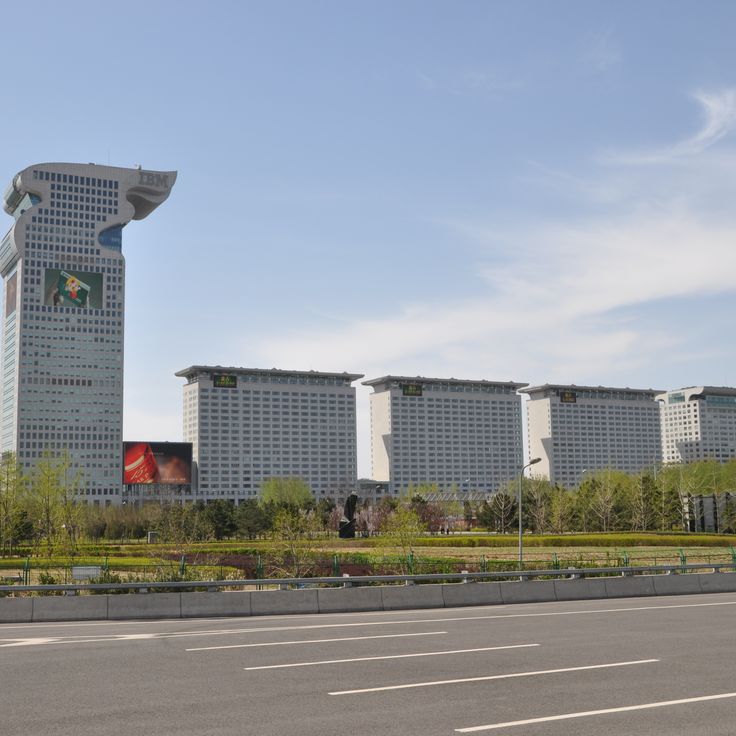
Beijing, China
Plaza Pangu is a mixed-use building with 39 stories reaching 191 meters (627 feet) in height. Completed in 2008, the complex combines office spaces, apartments, and a hotel. The building is located near the Olympic Park and reflects Beijing's rapid urban development during the preparation period for the Olympic Games.